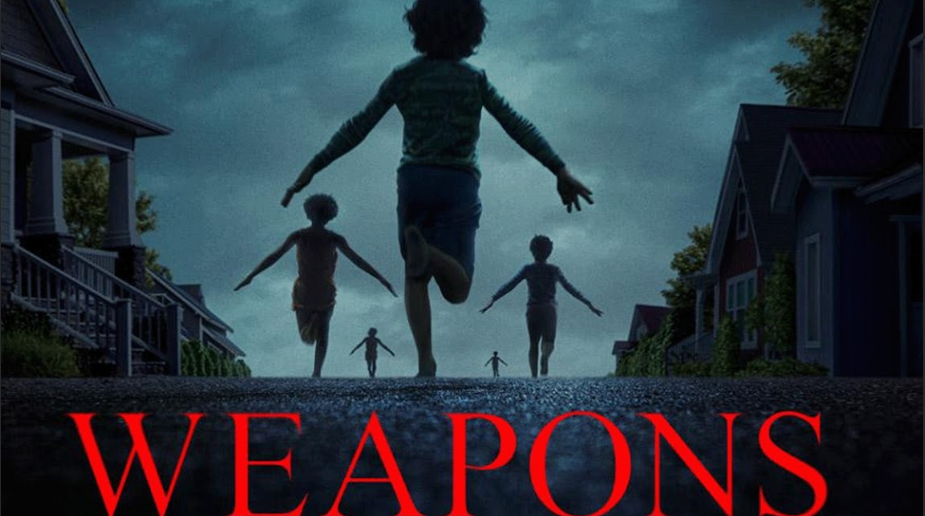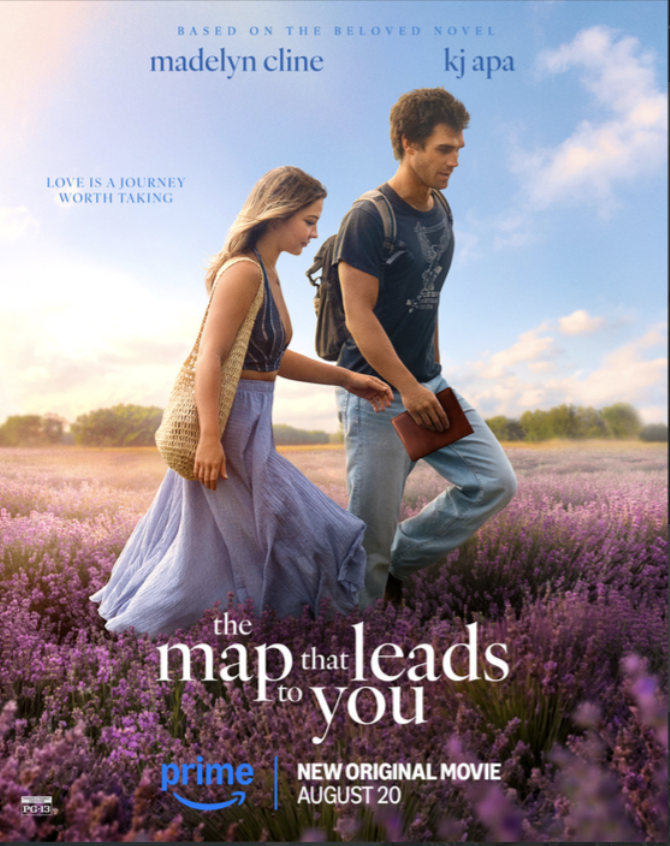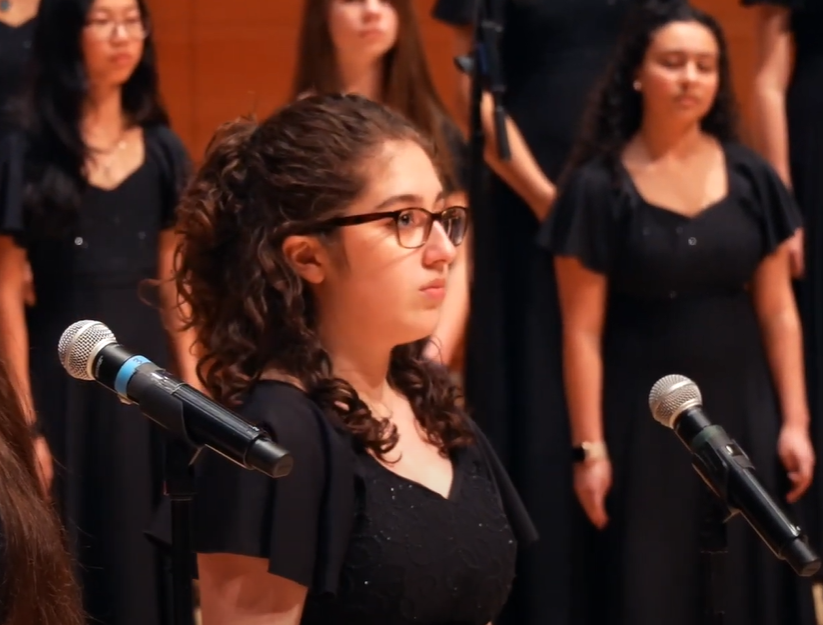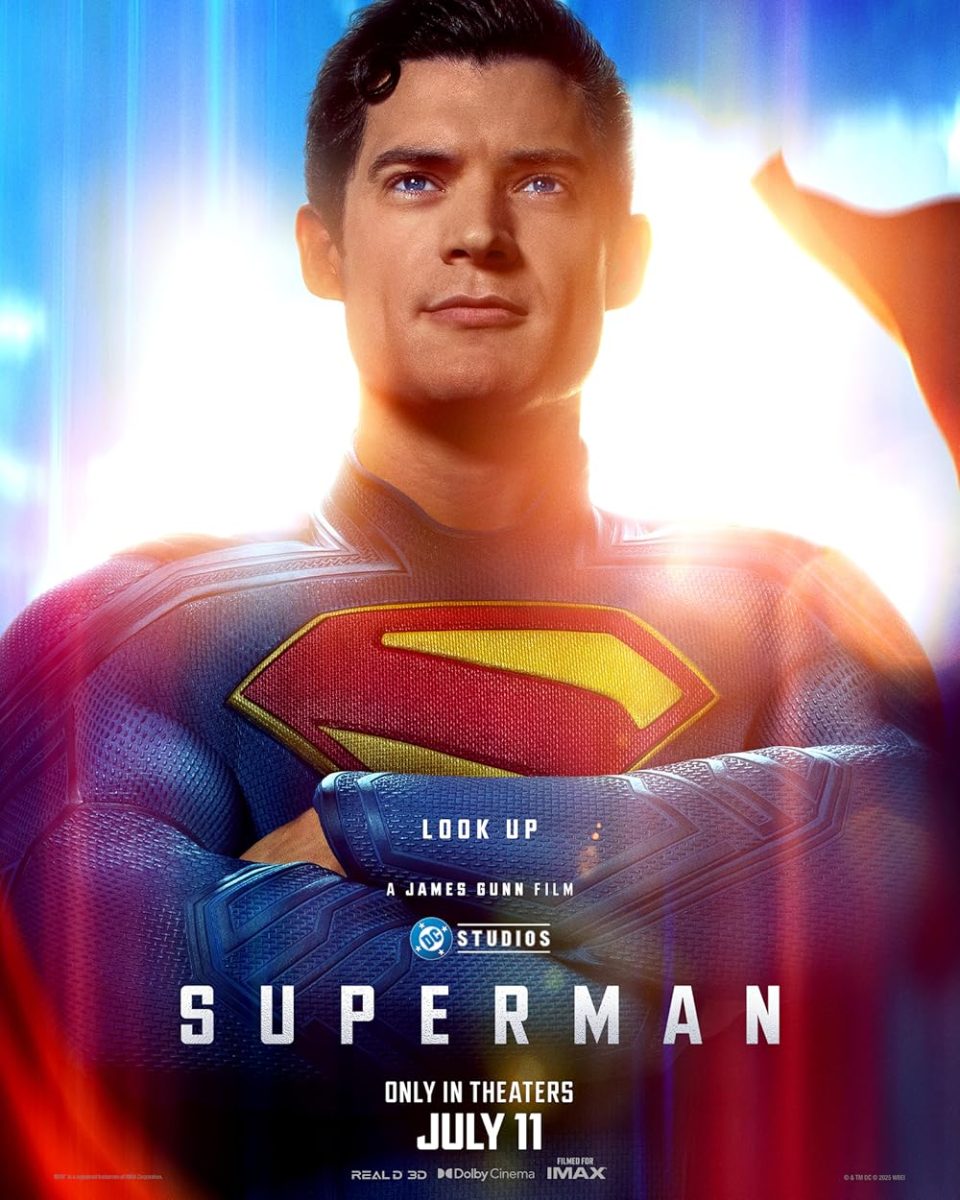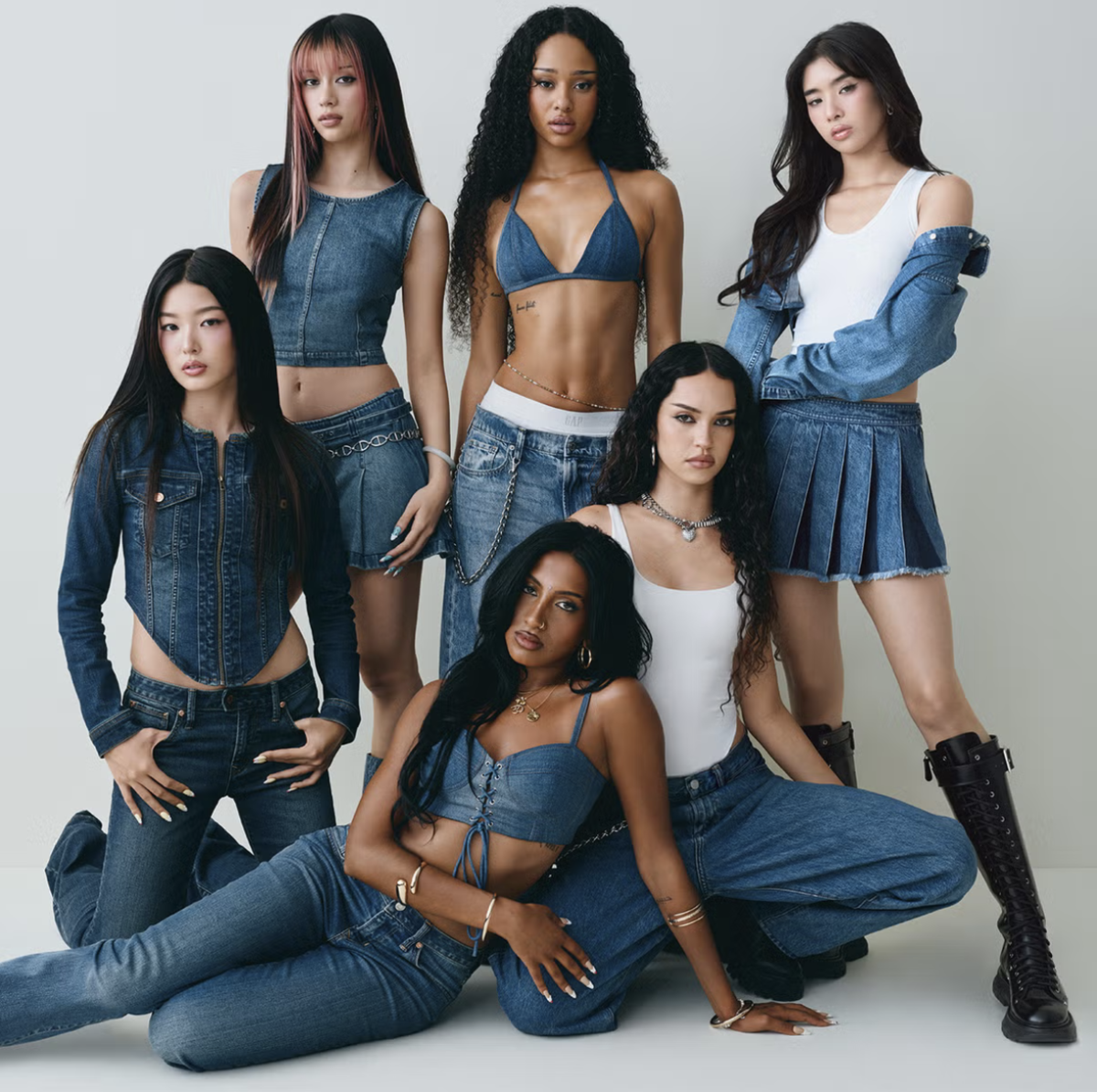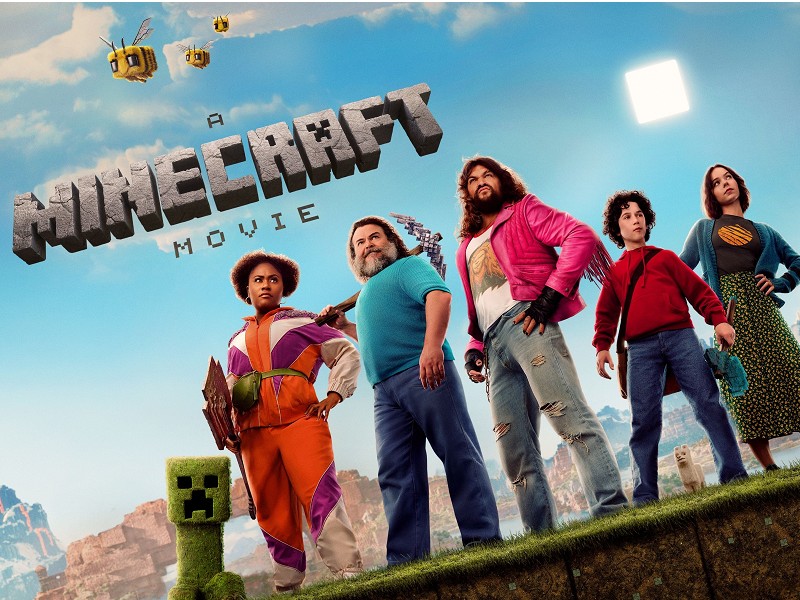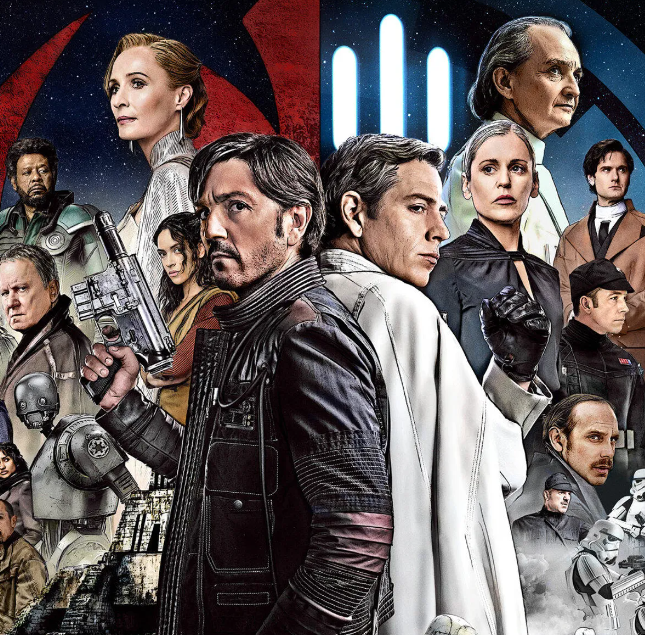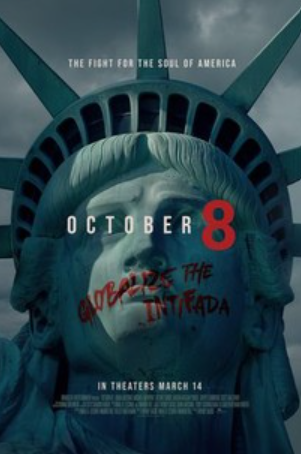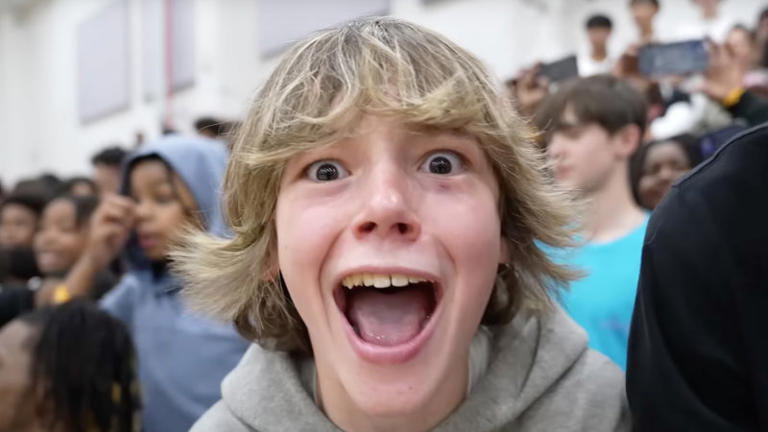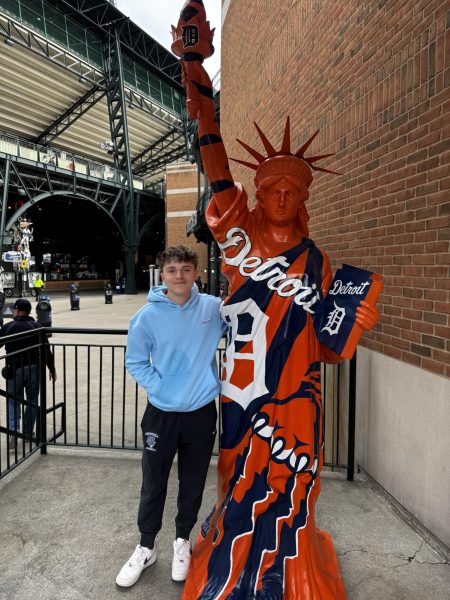The horror community was taken aback this past summer by “Weapons,” the latest release from director Zach Cregger. With its straightforward storyline, cheesy premise and bloody content, the film brewed a storm long before most of us had any idea what to make of it. Since its release a few months back, the balance of praise and criticism has only served to fuel the furor surrounding it. “Weapons” should be considered seriously: it is irresponsible, disturbing and, despite its shortcomings, one of the more effective horror-thrillers to have come along in recent memory.
The setup of the film is straightforward: at precisely 2:17 a.m., seventeen children of the same grade school class disappear mysteriously, leaving only one child, Alex Lilly (Cary Christopher), behind. As the town reels in shock, various characters (educators, parents, a police officer) start constructing a conspiracy narrative of sinister rituals, intra-personal violence and supernatural meddling. Instead of presenting the story in a traditional linear fashion, Cregger structures it as character chapters, gradually showing how each strand is connected to the disappearance. That formal decision (alternating points of view and intercutting between stories) is one of the movie’s strongest assets.
It will not tell you everything; rather, it requires engagement, investment and patience. In doing so, Cregger moves into a more robust brand of horror that resists categorization within one particular genre: part mystery, part folk horror and part psychological thriller. And this exact move may be the flaw: as some have noted, the second half’s overreliance on reason and explanation after the first is anything but.
Casting-wise, Weapons gambled. Julia Garner holds the film together with low-key, simmering urgency as Justine Gandy, a teacher whose relationship to the disappeared children is crucial. Josh Brolin squanders tragedy on Archer Graff, a guilt-ridden father, and Alden Ehrenreich shows up as a worn, deranged detective. The cast is rounded out by Amy Madigan, Benedict Wong, et al. These are deliberate choices: Cregger is choosing actors who bring emotional value and restraint, not cliché absolute horror. What this means is that when the gore occurs, the characters feel anchored. The ensemble casting also reflects on the structure of the film, where no one point of view overpowers and all human beings are part of the mystery.
Music and sound are important, sometimes underappreciated, to how the film makes viewers feel uneasy. The official album of August 1, 2025, contains more than thirty songs written by Ryan Holladay, Hays Holladay and even director Cregger. Jarring stings and dissonant drones break into the film, tensing up less tense moments and adding to the shock value. Other than the strictly utilitarian, the movie begins with George Harrison’s “Beware of Darkness” and closes with MGMT’s “Under the Porch,” a combination that places the world of the film between the majority of horror films and our own. The ominous soundscape accomplishes what the camera and cutting cannot, in that it implies what occurs off-screen and heightens the fear of silence.
Suspense in “Weapons” never remains stagnant. Cregger does not rely on jump scares alone, but rather fear that burns slowly on the grounds of implication and psychological tension. Suspenseful scenes are drawn out, as the spectator lingers in empty hallways, uneven family dinner scenes and fleeting moments.
In the third act of the movie, the scales tip: more overt horror intrudes, the explanations are revealed and the action races toward a confrontation that will be pleasing to some, too tidy to others. Even after the curtain is drawn back, though, the question is whether the newly exposed mythology is as powerful or resonant as the preconstructed fear. At its core, “Weapons” is more an internal than a superficial horror movie. It is a study of loss, heritage and how cultures warp trauma into ritual. And most critics have been drawing this film back to intergenerational trauma and how previous systems “weaponize” innocence. Maybrook is loaded with secrets. The vanishings are perhaps supernatural, but the emotional toll is certainly human.
Lastly, “Weapons” is a contradictory movie. It teases with being too big and unmanageable; it over-reveals sometimes after being so reliant on secrets. Critics have slammed the abrupt shift to openness in its latter half.
It is one of the most ambitious horror experiments in years. A movie that not only frightens, but provokes. It experiments, balancing creeping horror, cast subtlety, and emotive resonance in a way most mainstream frightfests barely venture to attempt. It is a movie that, despite its shortcomings, will linger long in the minds of its viewers when the credits are finished.


